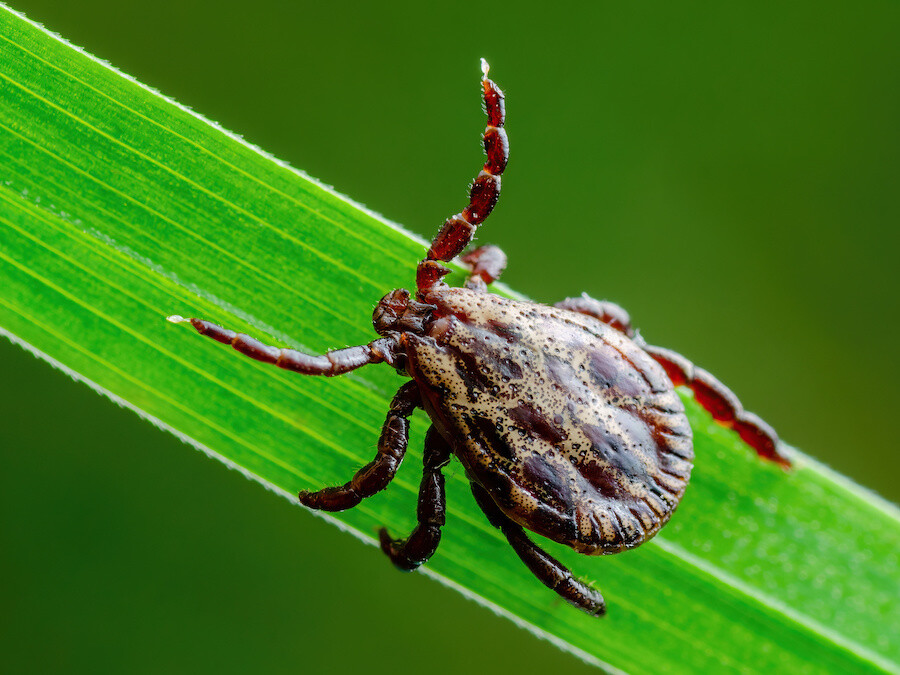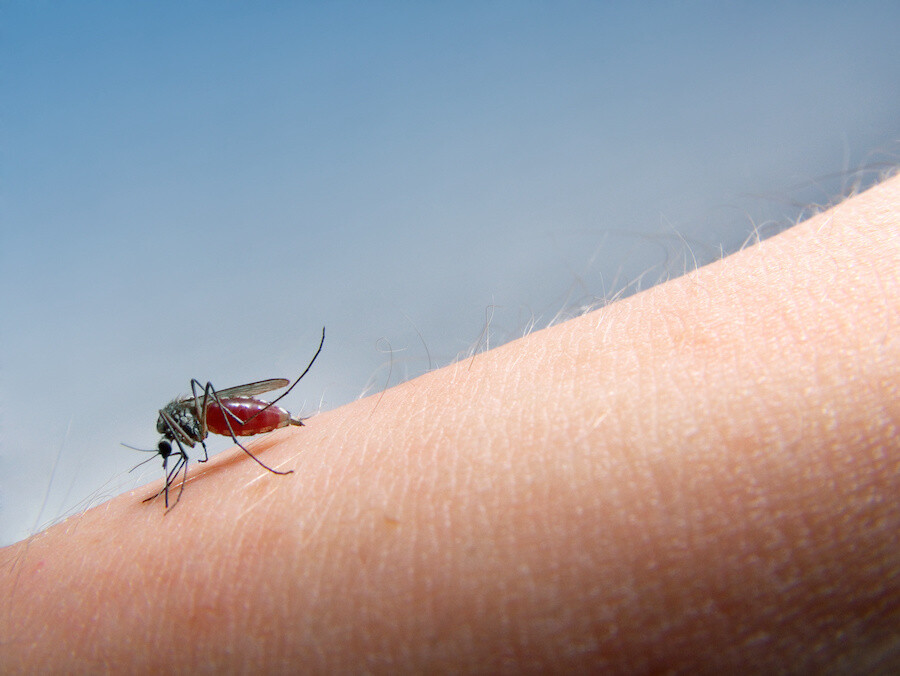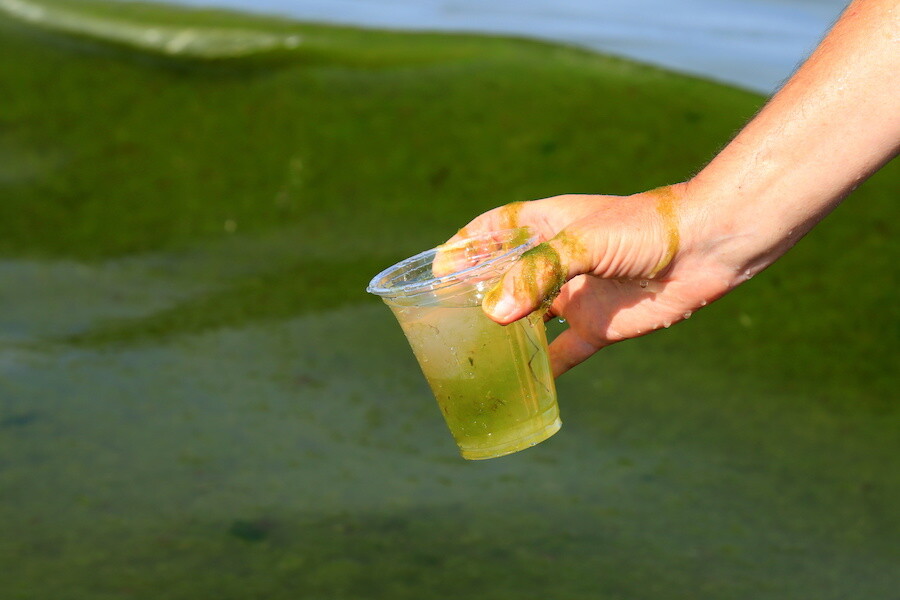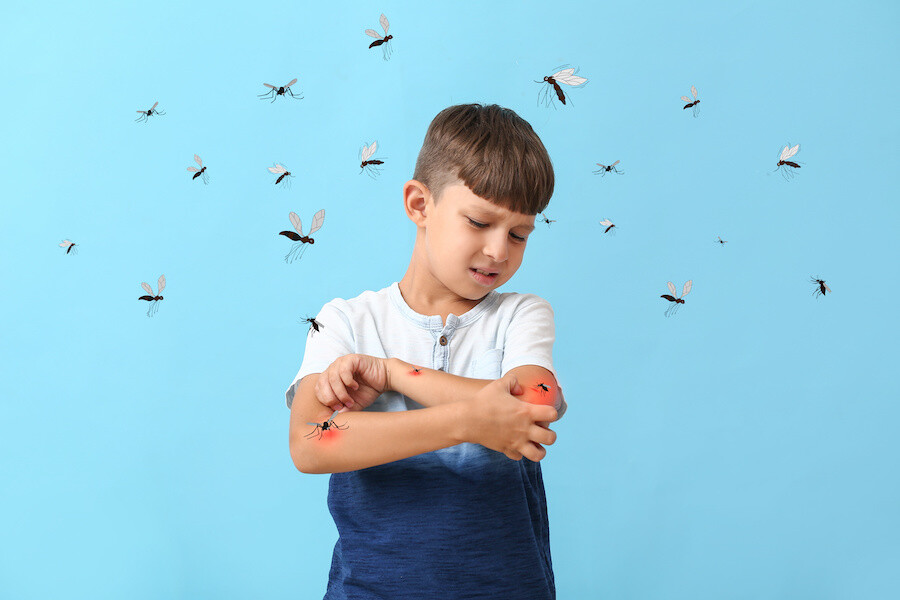At-home COVID-19 testing is one of our best tools to prevent the spread of the virus-alongside getting vaccinated and boosted. COVID-19 vaccines are highly effective at preventing infection, hospitalization, and serious illness, but no vaccine prevents 100% of infections. As the virus continues to evolve and cases are projected to spike seasonally, at-home testing helps you to determine if you have COVID-19 so you can prevent spreading it to others. Here are key scenarios and considerations to help you determine when you should take an at-home COVID-19 test and what to do when you get your results.
[maxbutton id=”19″ url=”https://uncashd.org/wp-content/uploads/2023/08/When-to-take-a-home-COVID-test.pdf” text=”Download the Flyer” ]
When to Take an At-Home Covid-19 Test
- You have symptoms of COVID-19.
Refer to the CDC site for more information on COVID-19 symptoms. - You had close contact with someone who has COVID-19.
Wear a high-quality mask after you find out you’ve been exposed, and get tested 5 days after exposure. - You will be with someone who is immunocompromised or at high risk for severe COVID-19.
Wear a high-quality mask as an additional precaution. - You plan to attend an event or gathering.
Consider testing right before you go to an indoor gathering as a precautionary measure.
If Your At-Home Covid-19 Test is POSITIVE
You should stay home and isolate away from others for at least 5 days after testing positive.
When to end isolation:
- After 5 days if you have been fever-free for 24 hours and you had mild or asymptomatic COVID-19.
- After 10 days if you had moderate or severe illness and/or you are immunocompromised. Consult your healthcare provider for further guidance.
- If you ended isolation but your COVID-19 symptoms recur or worsen, you should restart your isolation from day 0 and consider re-testing.
- Consider taking an at-home COVID-19 test to ensure you’re no longer infected.
Continued precautions:
- After you have ended isolation and no longer experience symptoms, wear a high-quality mask through day 10 when around others.
Treatment and care:
- If you experience severe symptoms, such as difficulty breathing or chest pain, seek medical care immediately.
- If you are at high risk for severe COVID-19, consult your health care provider right away to discuss whether you need antiviral medication.
If Your At-Home Covid-19 Test is NEGATIVE
Re-test 24-48 hours after your first test, especially if you are continuing to experience symptoms. A negative test doesn’t rule out infection.
Continued precautions:
- If you were exposed to COVID-19, take precautions to protect yourself and others (i.e. retesting, wearing a high-quality mask) for 10 days after exposure, even if you test negative. Follow the CDC guidelines on COVID-19 exposure.
- Knowing your COVID-19 Community Level can help you decide if you should take additional precautions, especially if you tested as a precaution before attending a gathering or spending time with someone at high risk.
Treatment and care:
- If you continue to receive negative test results but symptoms persist, contact your healthcare provider.
Recommendations are from the CDC and current as of February 2023. For the latest COVID-19 information and testing guidelines, visit CDC.gov/coronavirus












